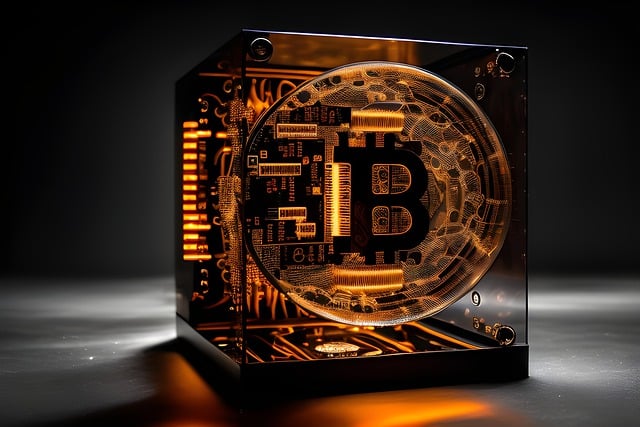In recent years, the term „crypto mining“ has become increasingly familiar in both tech circles and mainstream media. With the rise of cryptocurrencies like Bitcoin, Ethereum, and others, mining has evolved from a niche hobby to a global industry with significant economic implications.In the realm of digital currencies, the term „crypto mining“ often emerges, leaving many wondering about its intricacies and functionality. So, what precisely constitutes crypto mining, and what mechanisms drive its operation? Let’s dive into the fascinating world of crypto mining and explore its intricacies.
What is Crypto Mining?
At its core, crypto mining is the process of validating transactions and adding them to a blockchain ledger. This process requires significant computational power and is essential for maintaining the integrity and security of a cryptocurrency network. Miners, the individuals or entities performing these computations, are rewarded with newly minted coins for their efforts.
How Does Crypto Mining Work?
Crypto mining relies on a consensus mechanism called proof of work (PoW), where miners compete to solve complex mathematical puzzles. These puzzles require brute-force computational effort to find a solution, and once a miner successfully solves the puzzle, they broadcast the solution to the network for verification.
Upon verification, the newly validated block of transactions is added to the blockchain, and the miner responsible receives a reward in the form of newly created coins, along with any transaction fees associated with the transactions in the block.
The Role of Mining Hardware
Mining requires specialized hardware designed to handle the intensive computational tasks involved. In the early days of Bitcoin, miners could effectively use their CPU (Central Processing Unit) or GPU (Graphics Processing Unit) to mine coins. However, as cryptocurrencies gained popularity and the difficulty of mining increased, dedicated hardware known as Application-Specific Integrated Circuits (ASICs) became the norm for Bitcoin mining.
For other cryptocurrencies like Ethereum, which still utilize PoW but are more GPU-friendly, miners often use high-performance graphics cards to mine efficiently. However, Ethereum has plans to transition to a proof-of-stake (PoS) consensus mechanism, which will render traditional mining hardware obsolete for Ethereum.
Mining Pools and Solo Mining
While some miners operate independently, pooling resources and joining mining pools has become commonplace. Mining pools allow individual miners to combine their computational power, increasing their chances of successfully mining a block and receiving rewards. Once a block is mined, the rewards are distributed among pool members based on their contributed computational power.
On the other hand, solo mining involves mining independently without joining a pool. While this approach offers the potential for higher rewards if successful, it also requires significantly more computational power and luck.
Environmental Concerns and Energy Consumption
One of the most hotly debated topics surrounding crypto mining is its environmental impact, particularly concerning energy consumption. Mining operations, especially those using proof of work, require vast amounts of electricity to power the computational hardware.
Critics assert that this energy consumption amplifies carbon emissions and worsens the effects of climate change. However, proponents of crypto mining argue that as renewable energy sources become more prevalent and mining operations become more energy-efficient, the environmental impact can be mitigated.
Conclusion
Crypto mining plays a crucial role in the operation and security of blockchain networks, incentivizing miners to validate transactions and maintain the integrity of the ledger. While it has garnered attention for its economic potential and technological innovation, it also faces scrutiny for its energy consumption and environmental impact.
As the cryptocurrency landscape continues to evolve, so too will the methods and technologies involved in crypto mining. Whether it’s the transition to more energy-efficient consensus mechanisms like proof of stake or the development of novel mining hardware, the world of crypto mining remains dynamic and ever-changing.


















